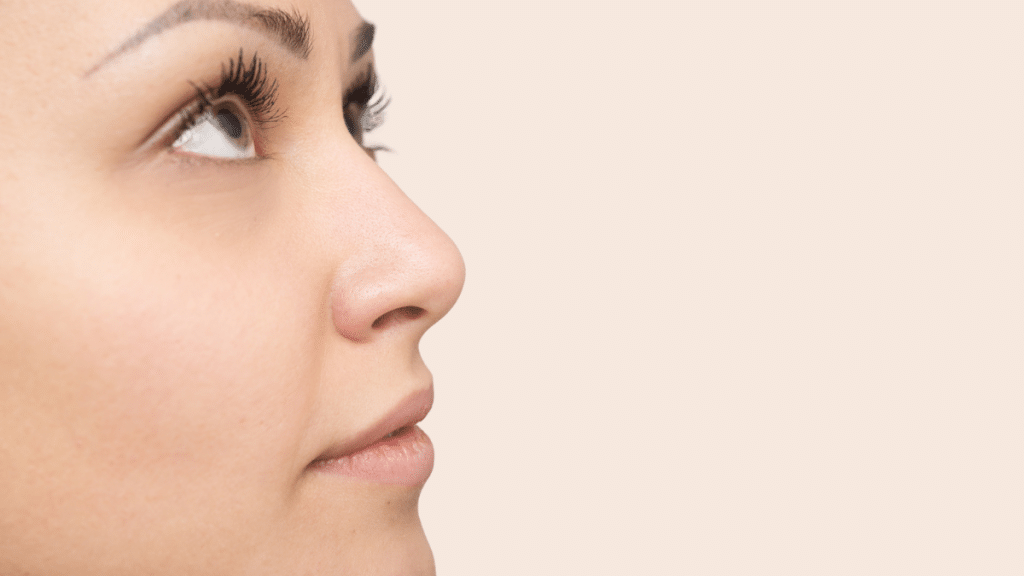Undergoing Rhinoplasty is an exciting step toward achieving your desired look, but proper aftercare is key to a smooth recovery. Taking the right steps after surgery can help reduce discomfort, prevent complications, and ensure the best possible results.
This blog will cover five of the best things to do after rhinoplasty to support healing and maximize your outcome.
1. Follow Your Surgeon’s Instructions
After rhinoplasty, your surgeon will give you specific instructions to help with healing. These may include how to clean your nose, what medications to take, and what to avoid. Following these guidelines is important for a smooth recovery and the best results.
Take all prescribed medications on time, especially antibiotics and pain relievers. They help prevent infection and keep discomfort under control.
Avoid touching or blowing your nose, as this can slow healing. If your doctor recommends using a saline spray, apply it as directed to keep the inside of your nose moist.
2. Keep Your Head Elevated
Keeping your head elevated helps reduce swelling and bruising after rhinoplasty. Sleep on your back with your head propped up using two or three pillows. This prevents fluid buildup around your nose and face.
Avoid lying flat, as this can increase pressure and swelling. If you accidentally roll onto your side while sleeping, gently return to your back. Some people find it helpful to use a travel pillow or sleep in a reclining chair to stay in position.
3. Apply Cold Compresses Carefully
Cold compresses help reduce swelling and bruising after surgery. However, they must be used correctly to avoid damaging the nose. Apply the compress on your cheeks and around your eyes, but never directly on the nose.
Use a soft cloth-wrapped ice pack or a bag of frozen peas. Apply it for 10-15 minutes at a time, then take a break. Repeat this several times a day during the first 48 hours after surgery. This helps keep swelling under control and eases discomfort.
Be gentle when applying the compress, as too much pressure can shift the nasal structure while it’s healing. If you experience numbness or discomfort, stop using the compress and consult your surgeon.
4. Avoid Strenuous Activities
Your nose needs time to heal, so avoid strenuous activities for at least two to four weeks. Exercise, heavy lifting, and bending over can increase blood pressure, leading to swelling, bruising, or bleeding.
Even light activities like walking too fast or laughing hard can strain your nose. Be mindful of sudden movements that could accidentally bump your nose. Avoid sports, running, or yoga, especially if they involve bending or jumping.
Wait until your surgeon permits you before returning to normal workouts. Gentle walks are usually allowed after a few days, but intense exercise should be postponed.
5. Be Gentle with Your Nose
Your nose will be sensitive after rhinoplasty, so handle it with care. Avoid touching, rubbing, or blowing your nose during the first few weeks. If you feel congestion, use a saline spray instead of blowing, as this can prevent irritation.
Be careful when washing your face. Use a gentle cleanser and avoid hot water or scrubbing near the nose. When getting dressed, choose loose-fitting tops that don’t require pulling over your head. This helps prevent accidental bumps.
If you wear glasses, ask your surgeon when you can safely put them back on. Some people need to use tape or special supports to keep glasses from resting on the nose while it heals.
Be Patient with Swelling and Healing
Patience is key when recovering from rhinoplasty. Swelling and healing take time, but by following proper post-operative care, you can ensure the best results.
